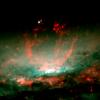
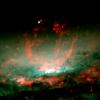
|
Target: Galaxy NGC 3079 Mission: Instrument: Image Credit: NASA/Space Telescope Science Institute |


|
Target: Galaxy NGC 3079 Mission: Instrument: Image Credit: NASA/Space Telescope Science Institute |
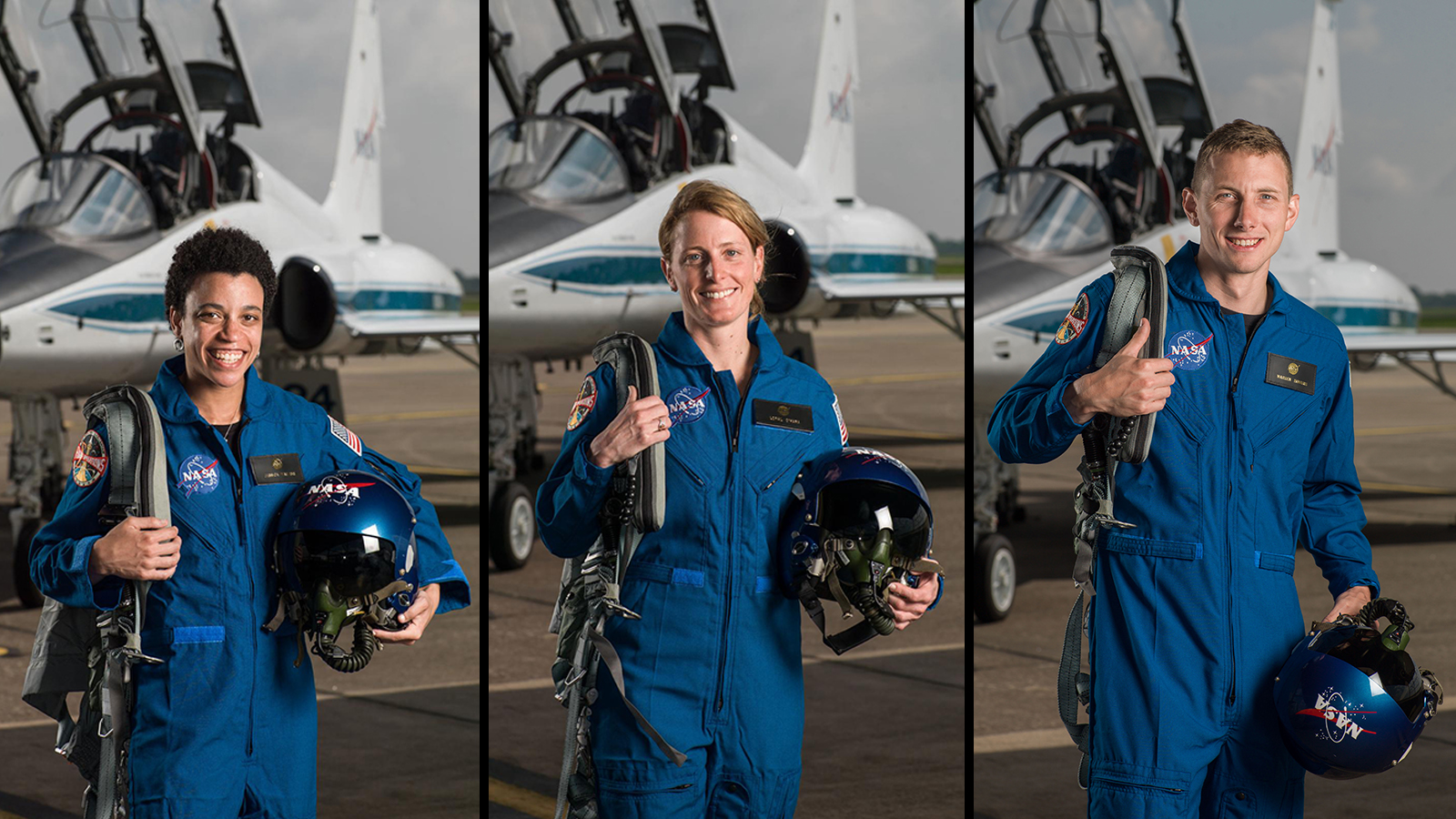

From left to right, NASA astronaut candidates Anil Menon, Deniz Burnham, and Marcos Berrios pose for a photograph in front of NASA’s Artemis I Space Launch System and Orion spacecraft at Launch Complex 39B at the agency’s Kennedy Space Center in Florida on Sept. 2, 2022.
Read More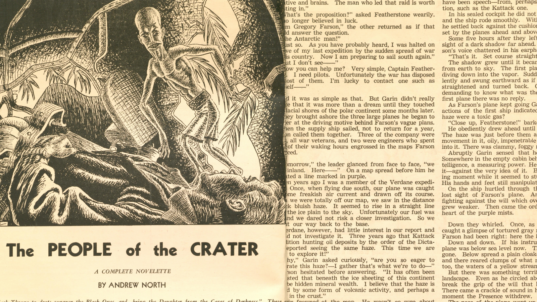
For a good many years, when I was in the library, they would not buy science fiction and fantasy books, because those were considered trash… So I fought and fought to get them on library lists.” -Andre Norton (Dream Makers Volume II: The Uncommon Men & Women Who Write Science Fiction, 1983) The first woman …
Read More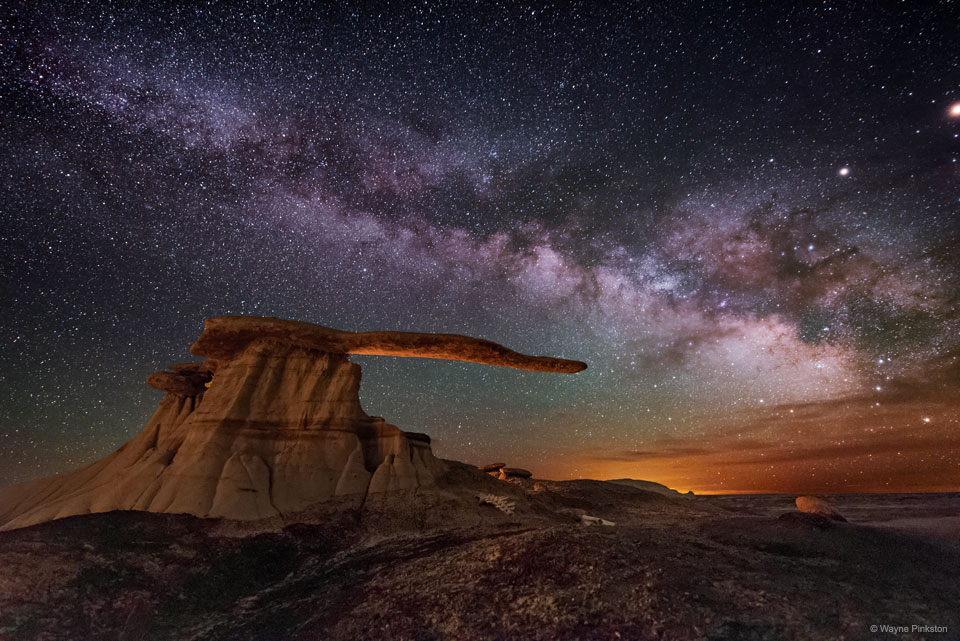
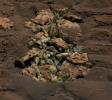
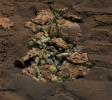
|
Target: Mars Mission: Mars Science Laboratory (MSL) Instrument: Mastcam Image Credit: NASA/JPL-Caltech/MSSS |
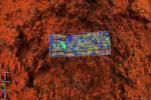

|
Target: Mars Mission: Mars 2020 Rover Instrument: Planetary Instrument for X-ray Lithochemistry (PIXL) Image Credit: NASA/JPL-Caltech/DTU/QUT |

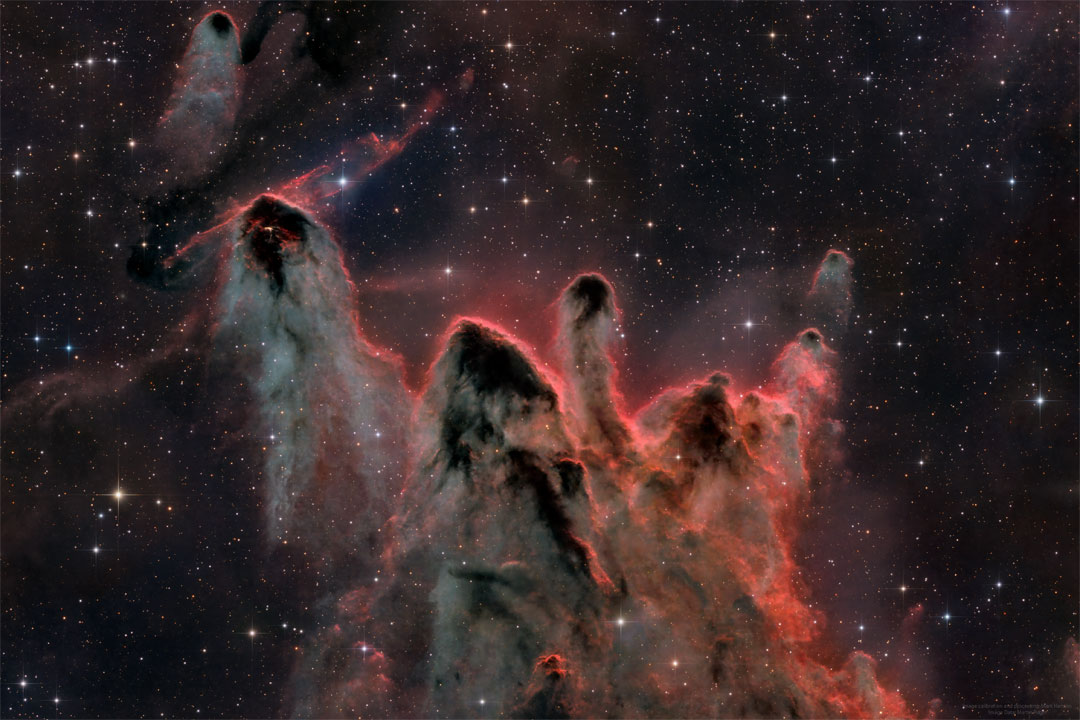
What are these unusual interstellar structures?
Bright-rimmed, flowing shapes gather near the center of
this rich starfield toward the borders of the nautical southern
constellations
Pupis and Vela
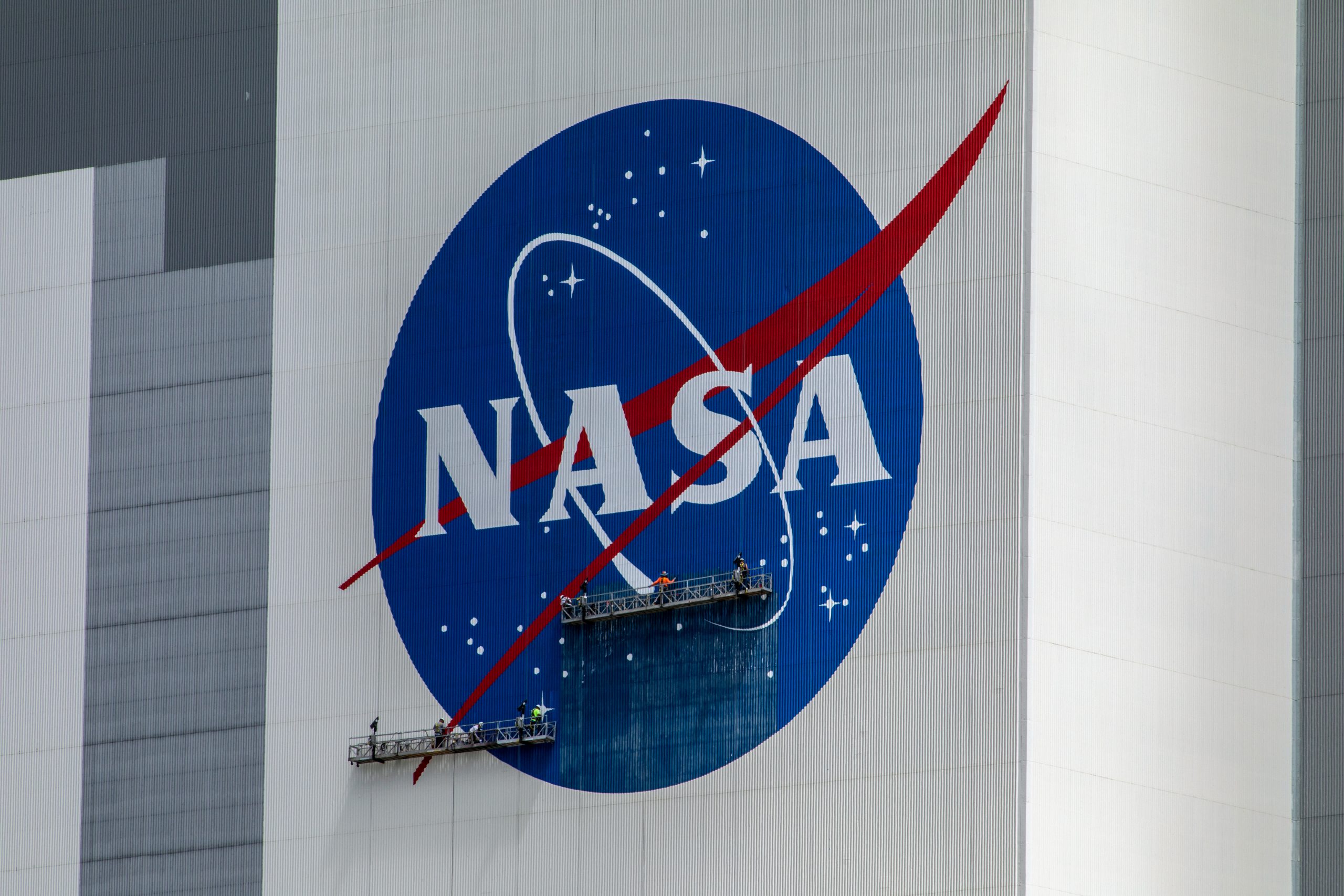

Painting of the NASA logo, also called the meatball, continued on the 525-foot-tall Vehicle Assembly Building at the agency’s Kennedy Space Center in Florida on May 29, 2020.
Read More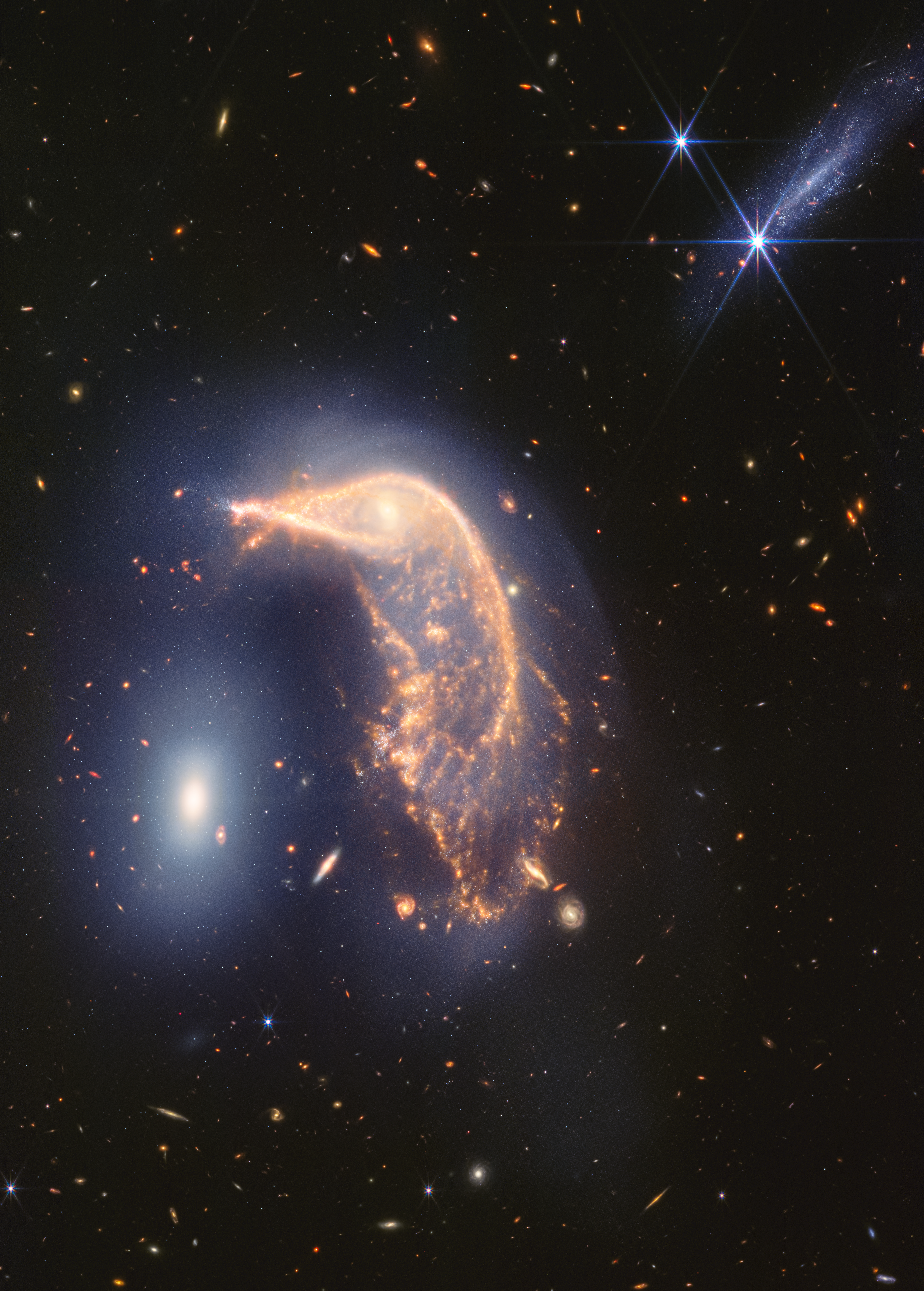

The distorted spiral galaxy at center, the Penguin, and the compact elliptical at left, the Egg, are locked in an active embrace. This near- and mid-infrared image combines data from NASA’s James Webb Space Telescope’s NIRCam (Near-Infrared Camera) and MIRI (Mid-Infrared Instrument), and marks the telescope’s second year of science. Webb’s view shows that their interaction is marked by a glow of scattered stars represented in blue. Known jointly as Arp 142, the galaxies made their first pass by one another between 25 and 75 million years ago, causing “fireworks,” or new star formation, in the Penguin. The galaxies are approximately the same mass, which is why one hasn’t consumed the other.
Read More

|
Target: Globular cluster M4 Mission: Instrument: Image Credit: NASA and H. Richer (University of British Columbia), credit for ground-based photo: NOAO/AURA/NSF |
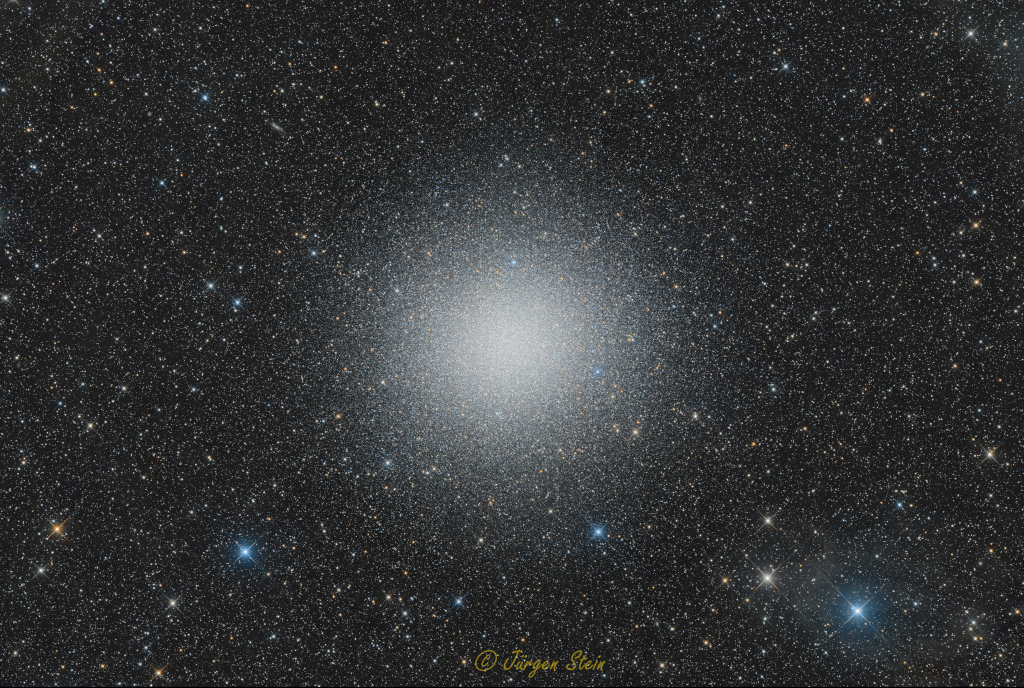
Globular star cluster
Omega Centauri
packs about 10 million
stars much older than the Sun into a volume some 150 light-years in
diameter
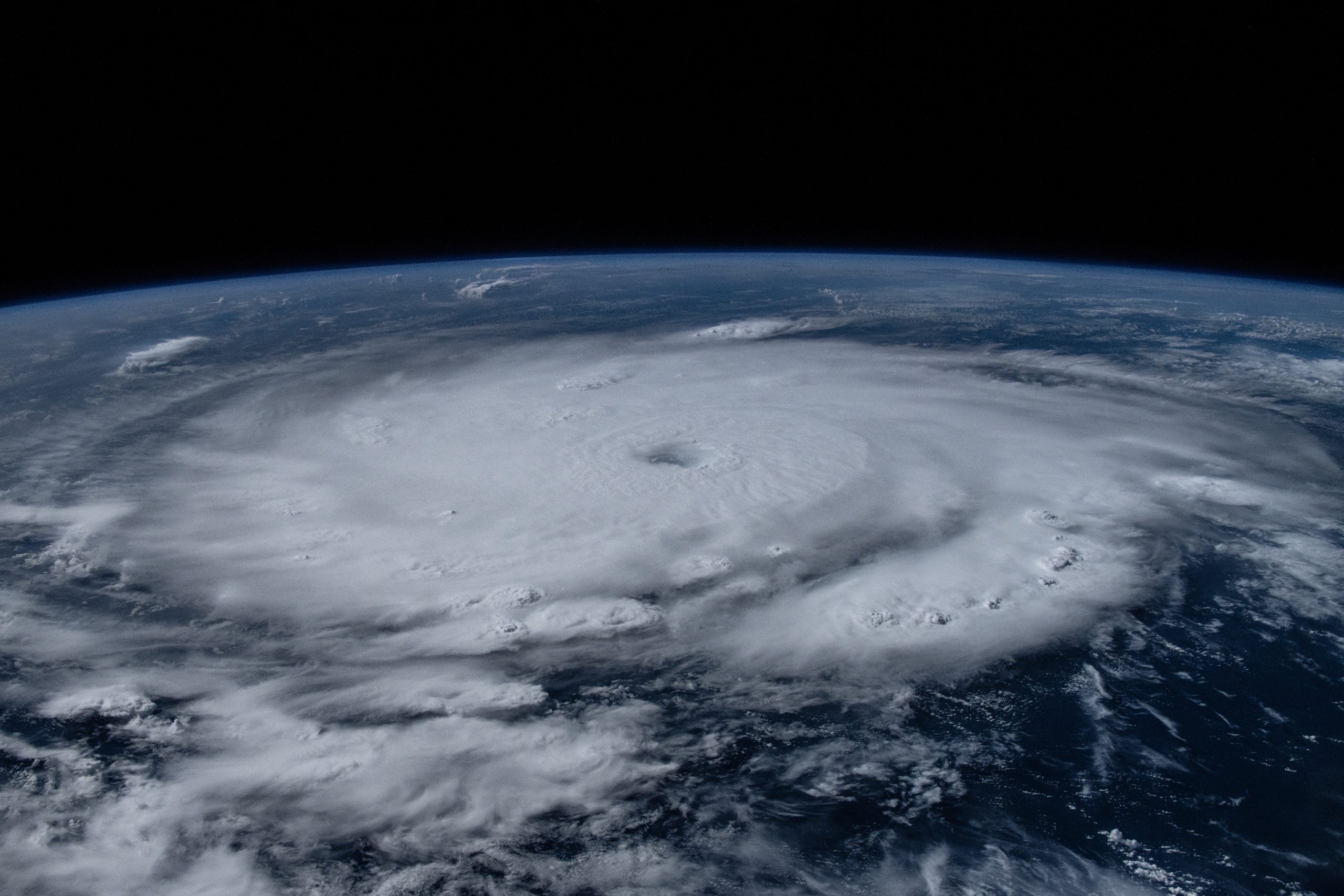

NASA astronaut Matthew Dominick captured this image of Hurricane Beryl in the Caribbean on July 1, 2024, while aboard the International Space Station, and posted it to X. The Category 4 hurricane had winds of about 130 mph (215 kph).
Read More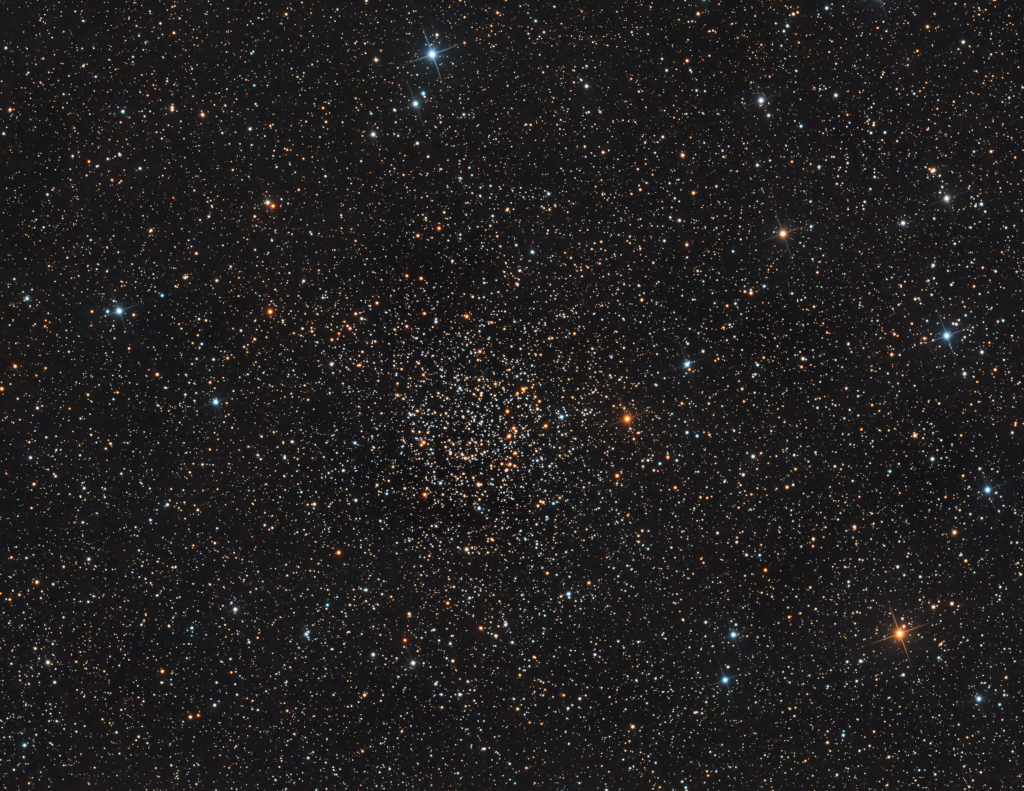
Found among the rich starfields of the Milky Way,
star
cluster NGC 7789 lies about 8,000 light-years away
toward the constellation Cassiopeia

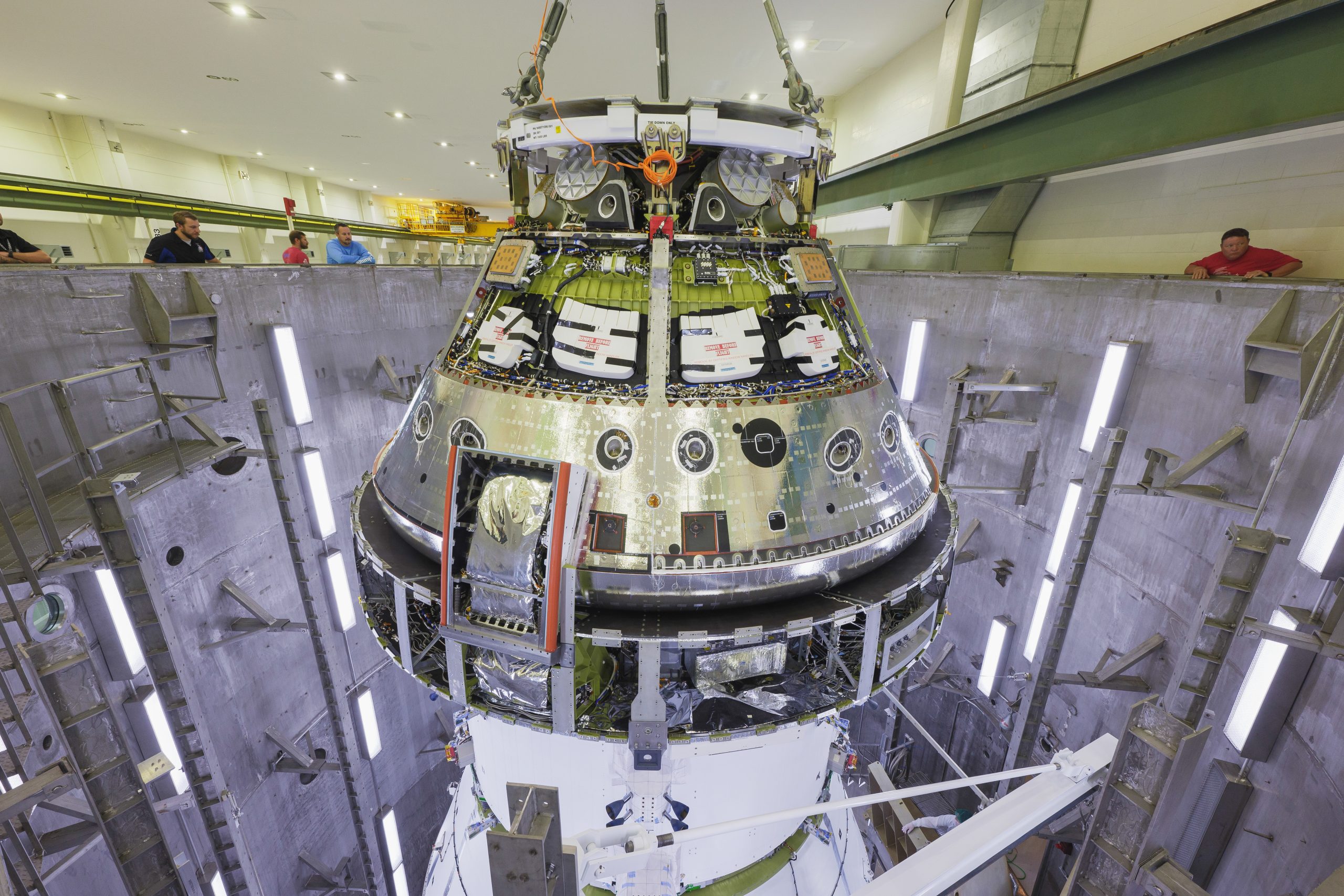

Technicians used a 30-ton crane to lift NASA’s Orion spacecraft on Friday, June 28, 2024, from the Final Assembly and System Testing cell to the altitude chamber inside the Neil A. Armstrong Operations and Checkout building at NASA’s Kennedy Space Center in Florida. The spacecraft, which will be used for the Artemis II mission to orbit the Moon, underwent leak checks and end-to-end performance verification of the vehicle’s subsystems.
Read More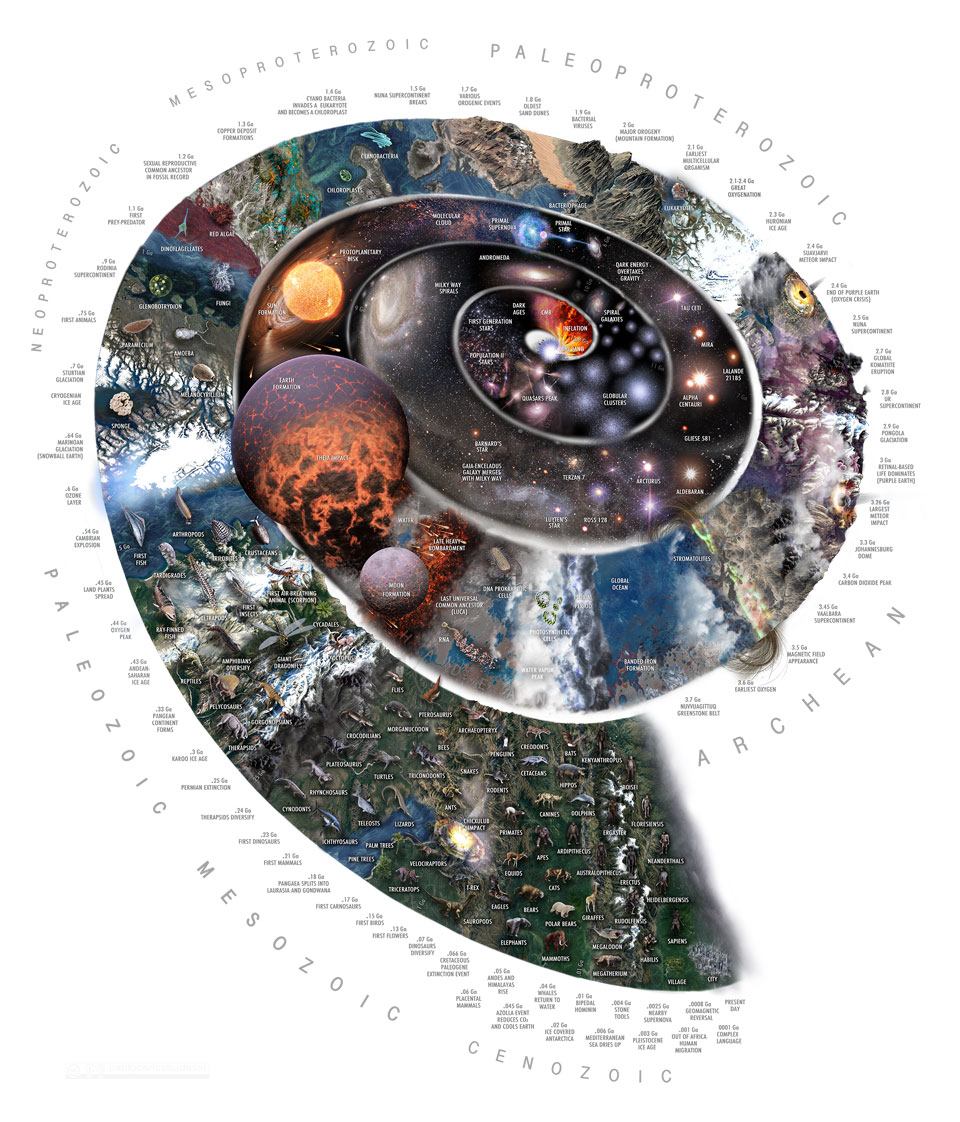
What’s happened since the universe started?
The time spiral shown here features a few
notable highlights
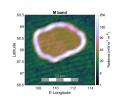
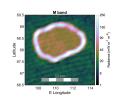
|
Target: Io Mission: Juno Instrument: JIRAM Image Credit: NASA/JPL-Caltech/SwRI/ASI/INAF/JIRAM/MSSS |
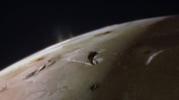
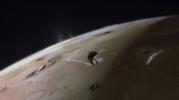
|
Target: Io Mission: Juno Instrument: JunoCam Image Credit: Image data: NASA/JPL-Caltech/SwRI/MSSS |


|
Target: Galaxy NGC 1512 Mission: Instrument: , Faint Object Camera , Near Infrared Camera , Multi-Object Spectrometer Image Credit: NASA/Space Telescope Science Institute |
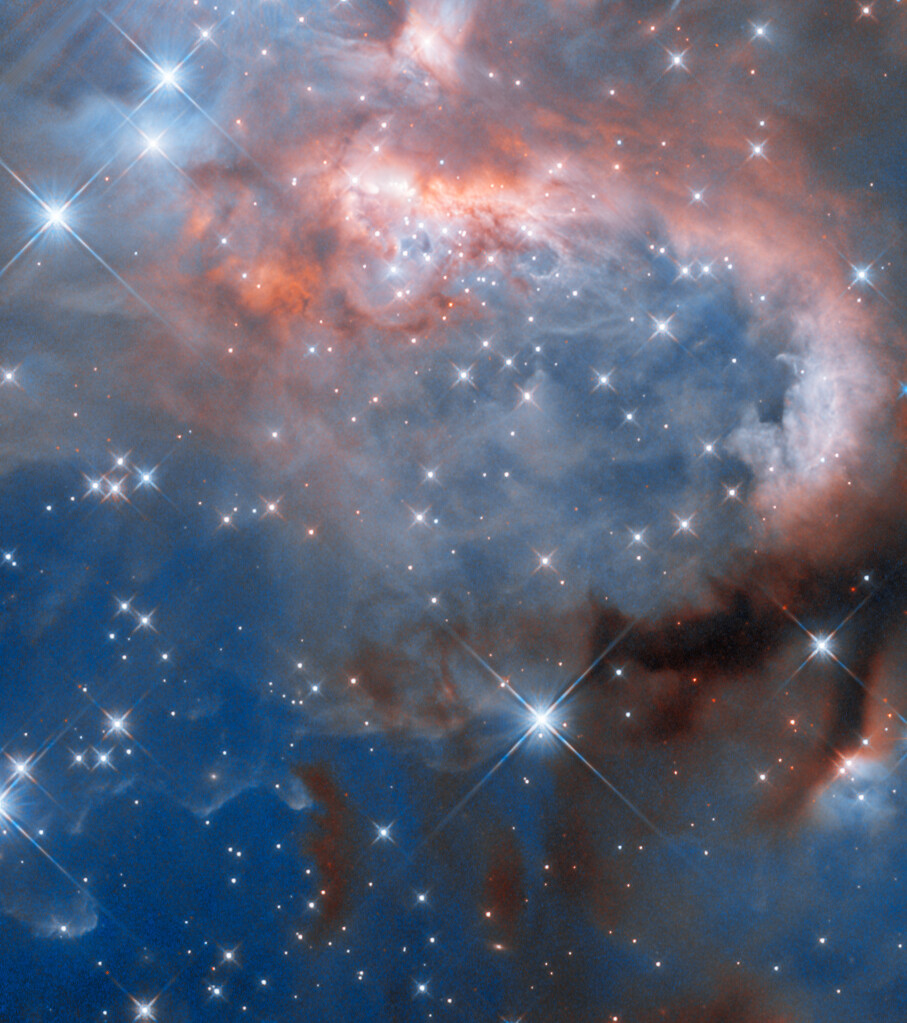

Named RCW 7, the nebula is located just over 5300 light-years from Earth in the constellation Puppis. Nebulae are areas of space that are rich in the raw material needed to form new stars. Under the influence of gravity, parts of these molecular clouds collapse until they coalesce into protostars, surrounded by spinning discs of leftover gas and dust. In the case of RCW 7, the protostars forming here are particularly massive, giving off strongly ionising radiation and fierce stellar winds that have transformed it into what is known as a H II region. The ultraviolet radiation from the massive protostars excites the hydrogen, causing it to emit light and giving this nebula its soft pinkish glow. Here Hubble is studying a particular massive protostellar binary named IRAS 07299-1651, still in its glowing cocoon of gas in the curling clouds towards the top of the nebula. To expose this star and its siblings, this image was captured using the Wide Field Camera 3 in near-infrared light. The massive protostars here are brightest in ultraviolet light, but they emit plenty of infrared light which can pass through much of the gas and dust around them and be seen by Hubble.
Read More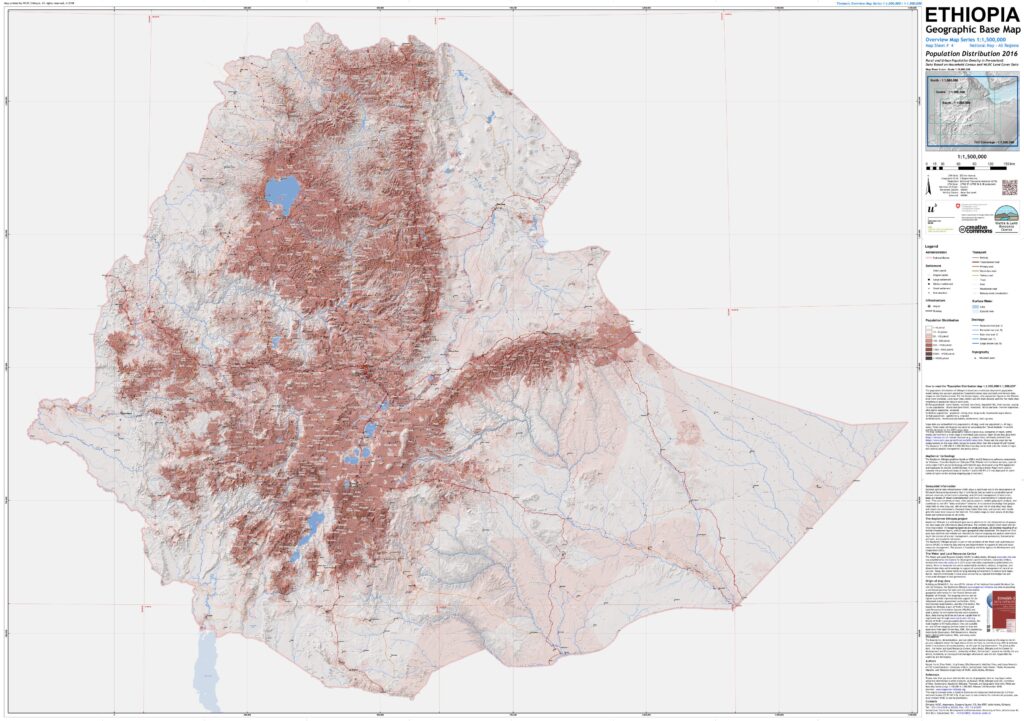
This post spotlights born-digital, georeferenced map series from the MapServer Ethiopia project, which provides modern mapping of Ethiopia at five different scales, across multiple themes.
Read More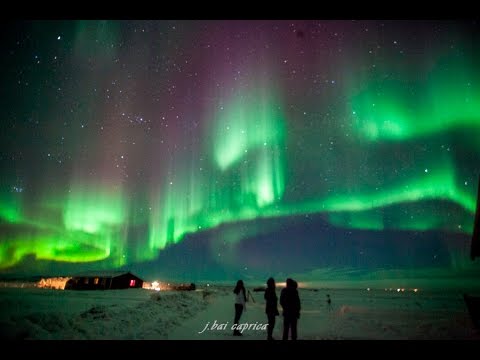
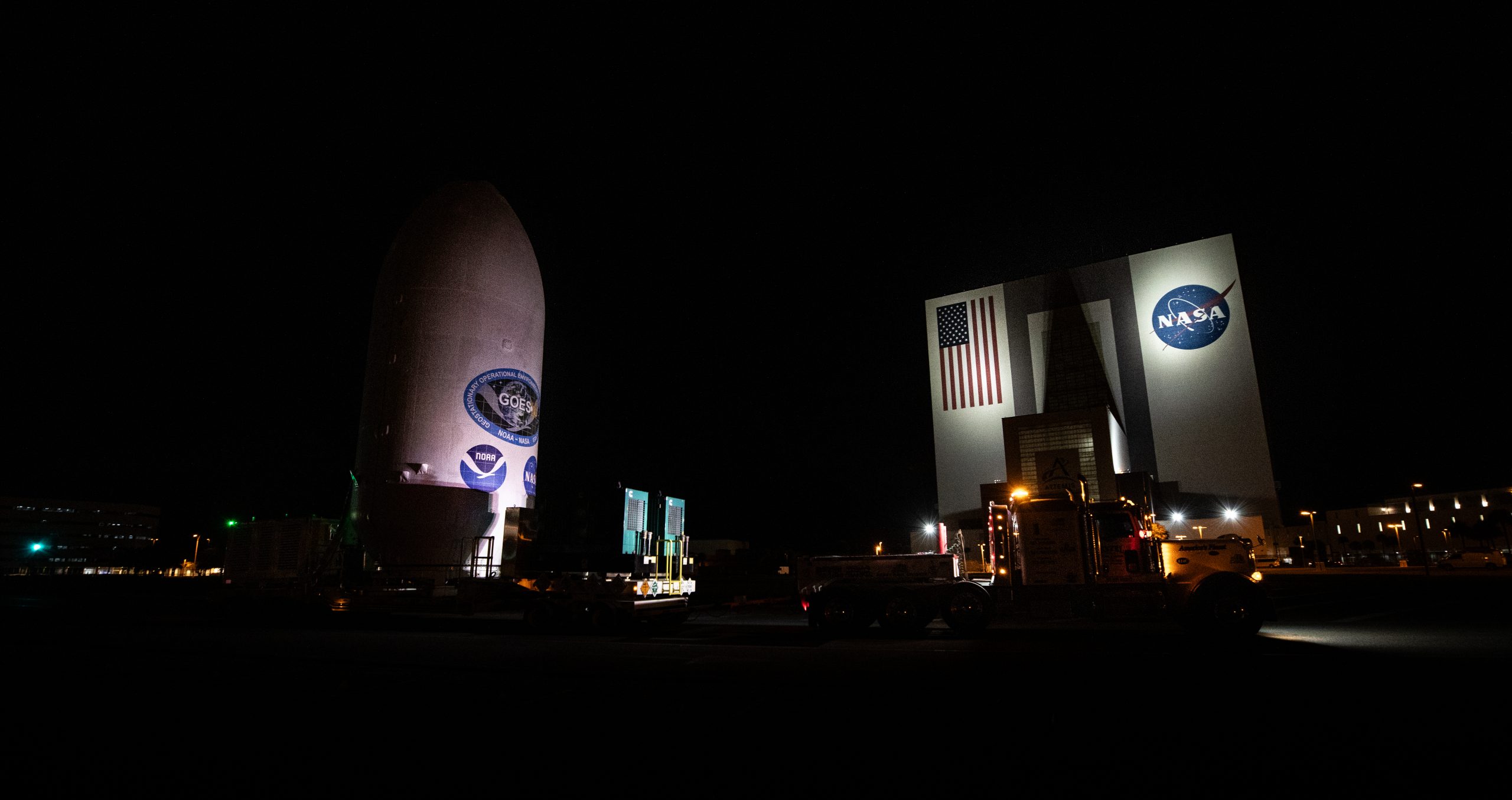

Crews transport NOAA’s (National Oceanic and Atmospheric Administration) Geostationary Operational Environmental Satellite (GOES-U) from the Astrotech Space Operations facility to the SpaceX hangar at Launch Complex 39A at NASA’s Kennedy Space Center in Florida beginning on Friday, June 14, 2024, with the operation finishing early Saturday, June 15, 2024. The fourth and final weather-observing and environmental monitoring satellite in NOAA’s GOES-R Series will assist meteorologists in providing advanced weather forecasting and warning capabilities. The two-hour window for liftoff opens 5:16 p.m. EDT Tuesday, June 25, aboard a SpaceX Falcon Heavy rocket from Launch Complex 39A at NASA’s Kennedy Space Center in Florida.
Read More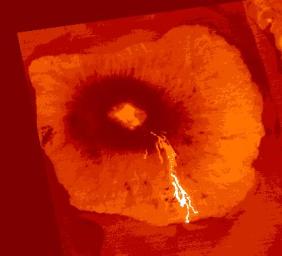
Fernandina Volcano, Galapagos –>
Full-Res TIFF: PIA26326.tif (357.3 kB)
Full-Res JPEG:
PIA26326.jpg (20.66 kB)
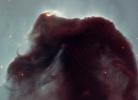
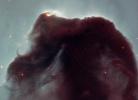
|
Target: Horsehead Nebula Mission: Instrument: Image Credit: JPL/NASA, NOAO, ESA and The Hubble Heritage Team, (STScI/AURA) |
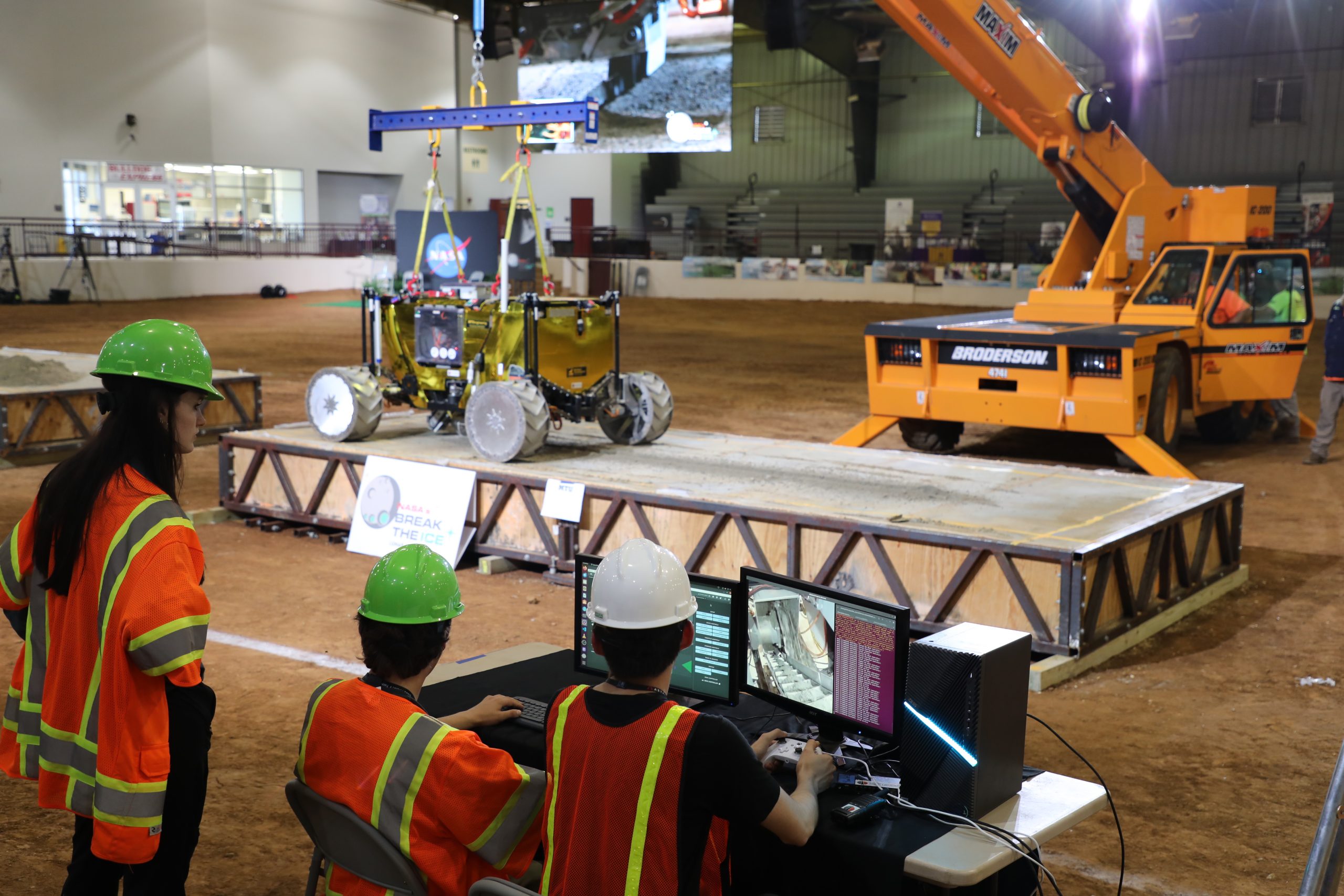

“HuskyWorks,” a team from Michigan Technological University’s Planetary Surface Technology Development Lab, tests the excavation tools of a robot on a concrete slab, held by a gravity-offloading crane on June 12 at NASA’s Break the Ice Lunar Challenge at Alabama A&M’s Agribition Center in Huntsville, Alabama. Led by Professor Paul van Susante, the team aimed to mimic the conditions of the lunar South Pole, winning an invitation to use the thermal vacuum chambers at NASA’s Marshall Space Flight Center to continue robotic testing.
Read More
In the vibrant style of Pop Art, a child in a spacesuit sits on a crescent moon, playfully engrossed with a pail and shovel. The scene bursts with bold, dynamic hues of red, yellow, and orange, creating a striking contrast against the dark void of space. The child’s spacesuit gleams with sharp, graphic lines, while the moon, depicted in a vivid, fiery orange, exudes a playful, surreal quality. In the background, Earth hovers like a colorful jewel in the sky, rendered in bright, contrasting colors that make it pop. The entire composition is infused with a sense of whimsy and modernity, capturing the imagination in a bold, eye-catching palette.
Read More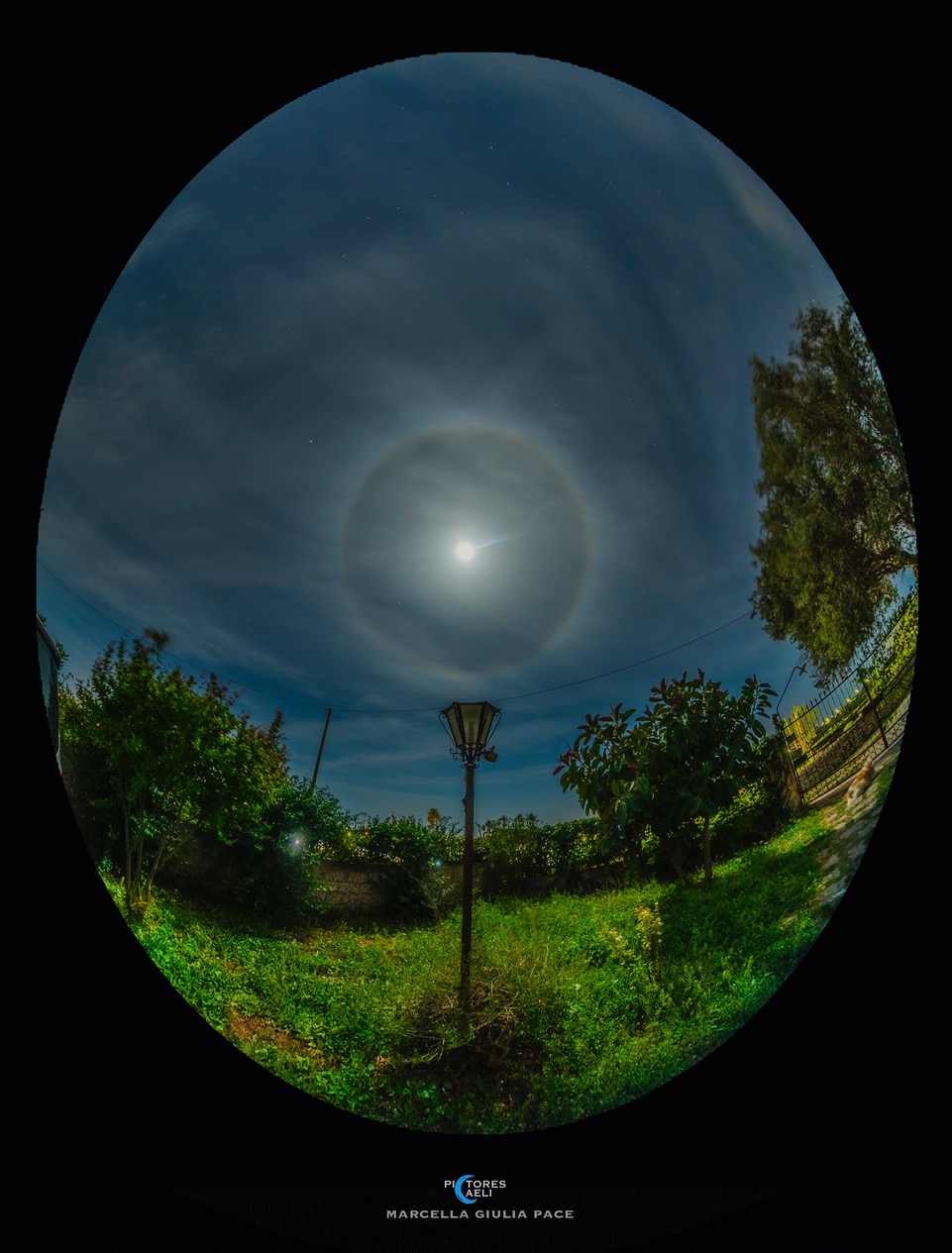
Last April’s Full Moon shines
through high clouds
near the horizon,
casting shadows in this garden-at-night skyscape
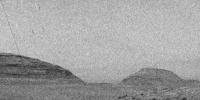
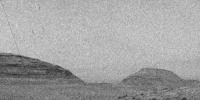
|
Target: Mars Mission: Mars Science Laboratory (MSL) Instrument: Navcam (MSL) Image Credit: NASA/JPL-Caltech |
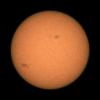
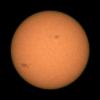
|
Target: Sol (our sun) Mission: Mars 2020 Rover Instrument: Mastcam-Z Image Credit: NASA/JPL-Caltech/Space Science Institute |
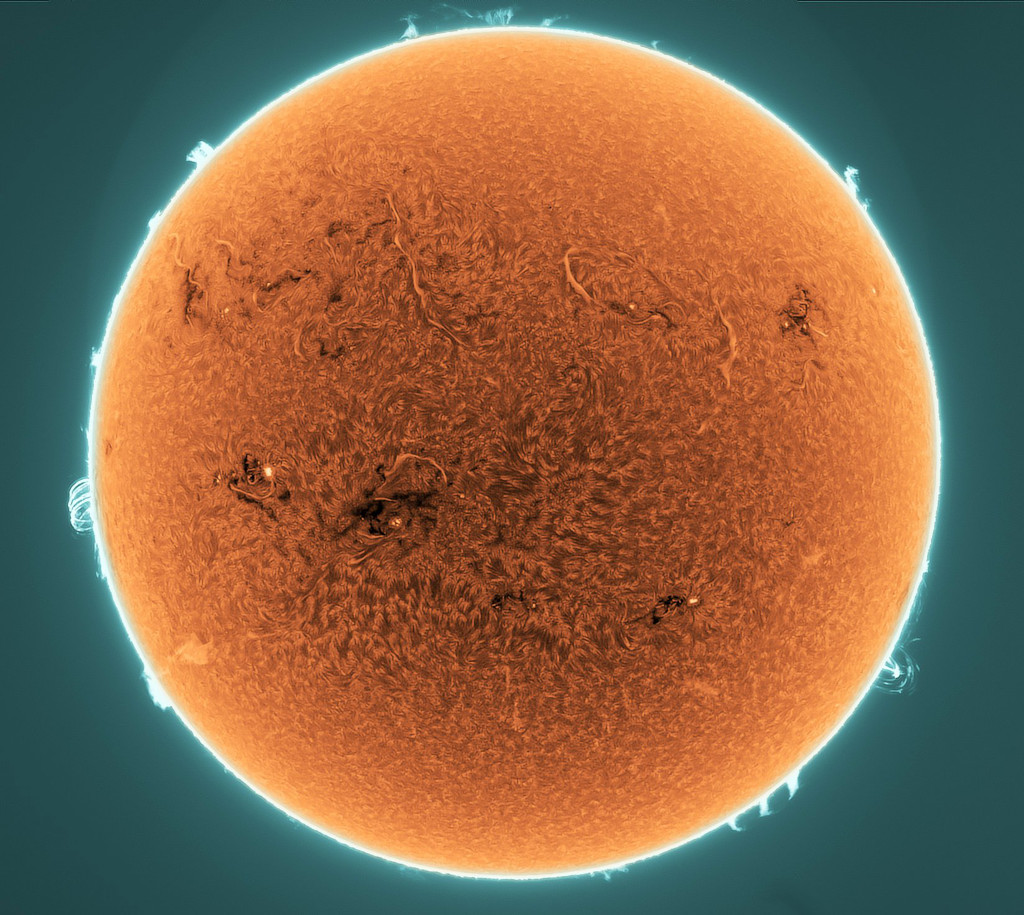
This colorized and sharpened image of the Sun is composed of
frames recording emission from hydrogen atoms in the solar chromosphere
on May 15
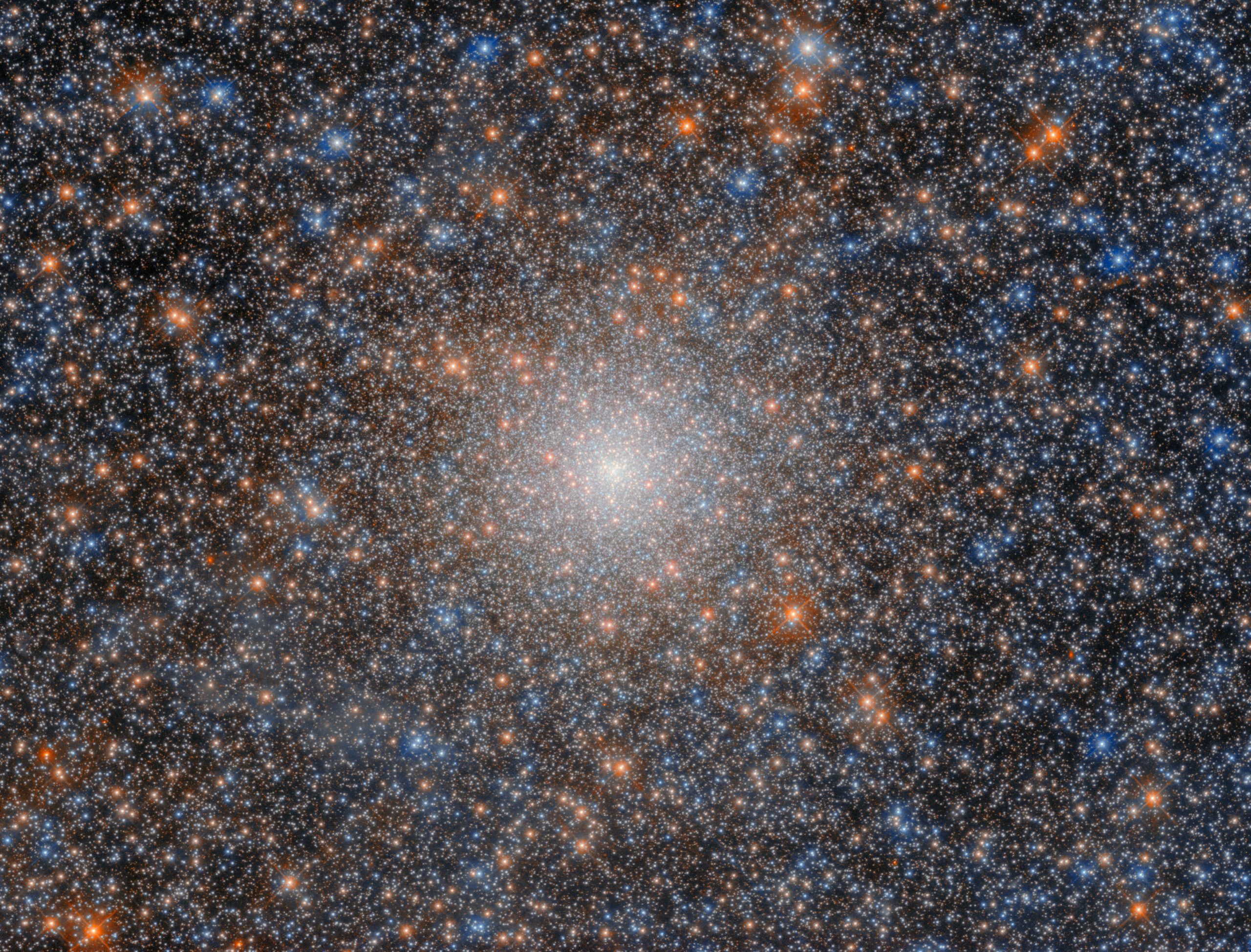

This NASA/ESA Hubble Space Telescope image features the globular cluster NGC 2005. It’s not an unusual globular cluster in and of itself, but it is a peculiarity when compared to its surroundings. NGC 2005 is located about 750 light-years from the heart of the Large Magellanic Cloud (LMC), which is the Milky Way’s largest satellite galaxy some 162,000 light-years from Earth.
Read More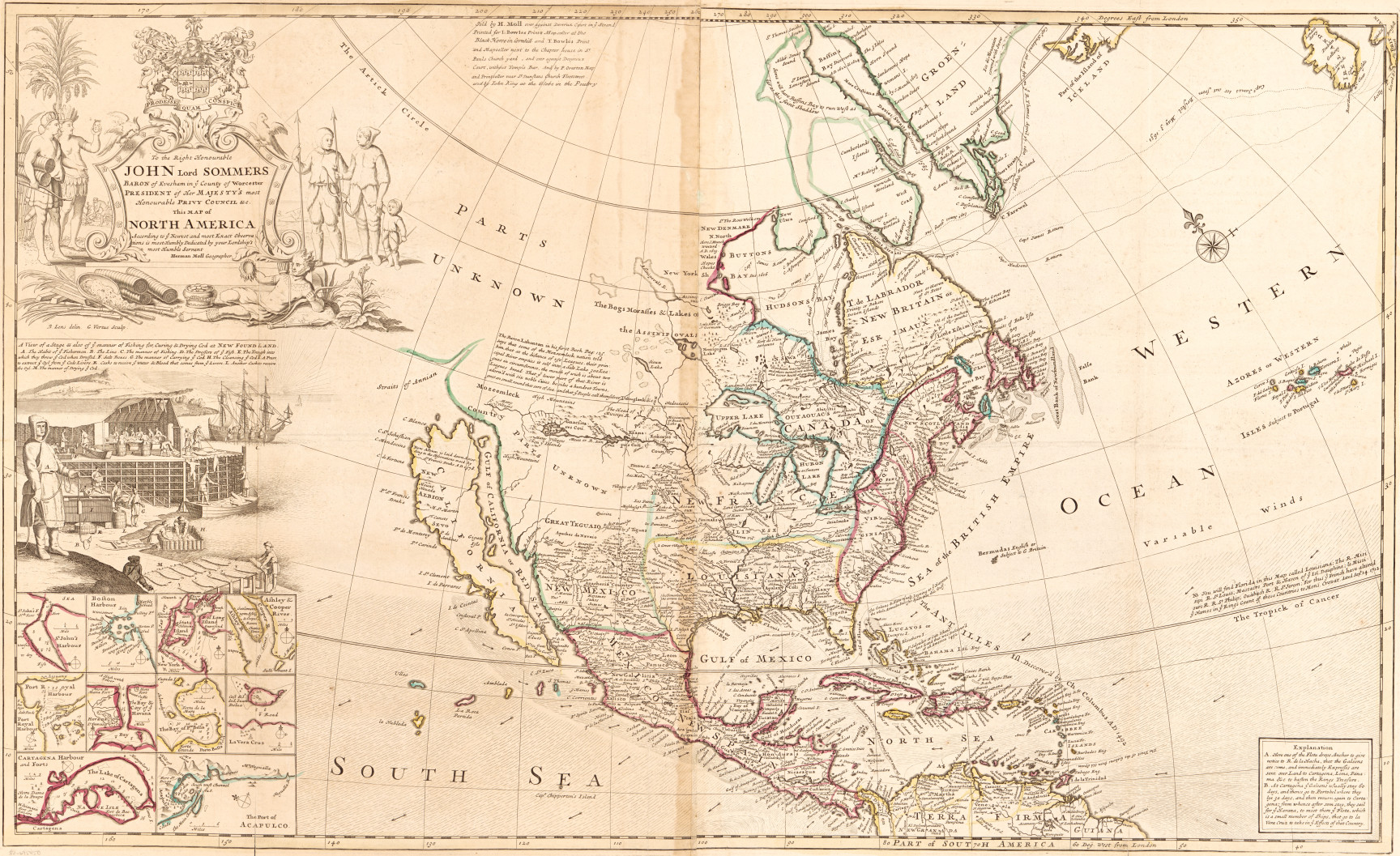
Maps showing cod and beavers in an 18th-century atlas project imperial power and economic might.
Read More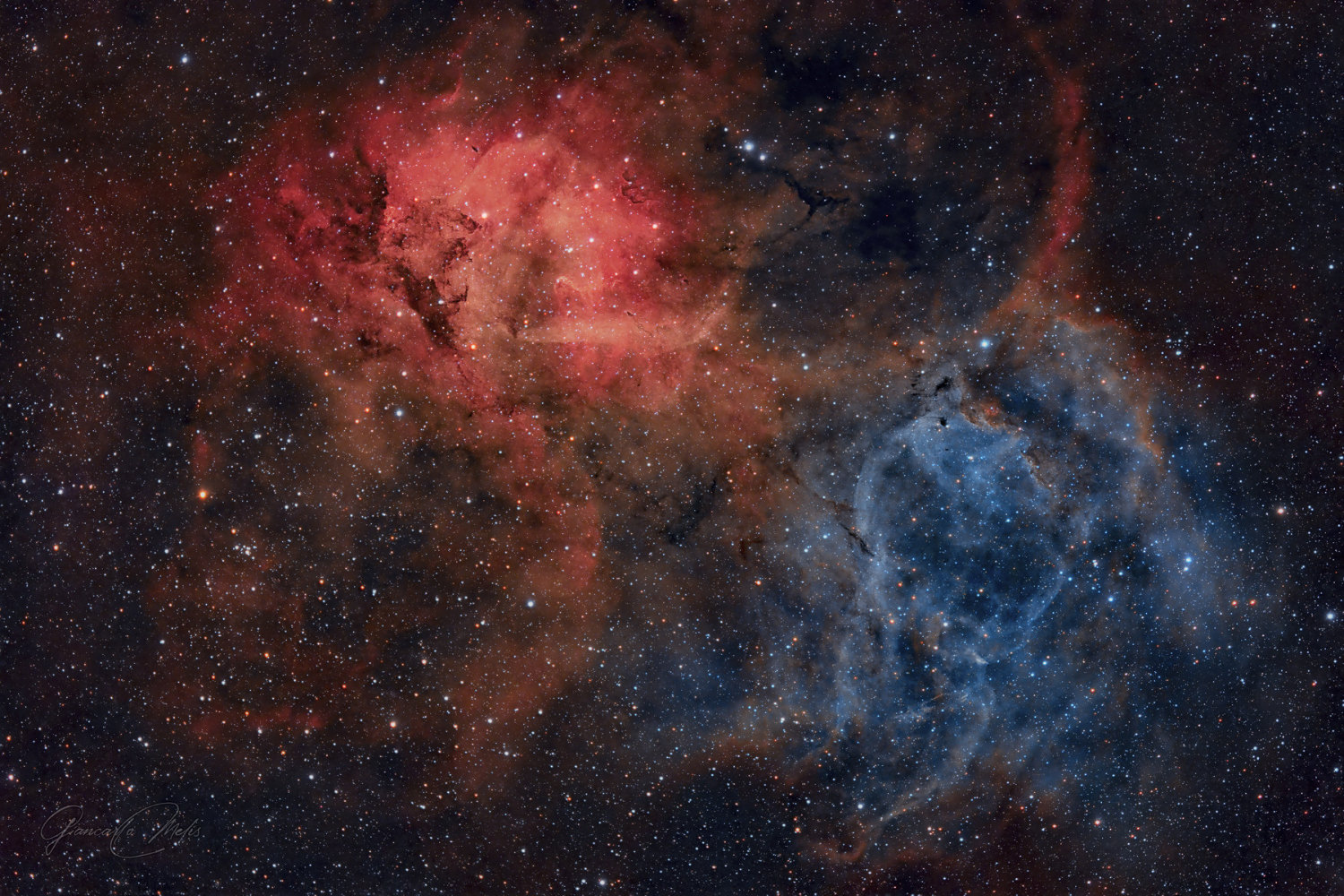
Is the Lion Nebula the real ruler of the
constellation Cepheus?
This powerful feline appearing
nebula is powered by two
massive stars, each with a mass over 20 times greater than
our Sun


A Florida redbelly turtle casts a suspicious look as he is being photographed on the grounds of NASA’s Kennedy Space Center in Florida. The redbelly turtle inhabits ponds, lakes, sloughs, marshes and mangrove-bordered creeks, in a range that encompasses Florida from the southern tip north to the Apalachicola area of the panhandle. Active year-round, it is often seen basking on logs or floating mats of vegetation. Adults prefer a diet of aquatic plants. The Center shares a boundary with the Merritt Island National Wildlife Refuge, which encompasses 92,000 acres that are a habitat for more than 331 species of birds, 31 mammals, 117 fishes, and 65 amphibians and reptiles. The marshes and open water of the refuge provide wintering areas for 23 species of migratory waterfowl, as well as a year-round home for great blue herons, great egrets, wood storks, cormorants, brown pelicans and other species of marsh and shore birds, as well as a variety of insects.
Read More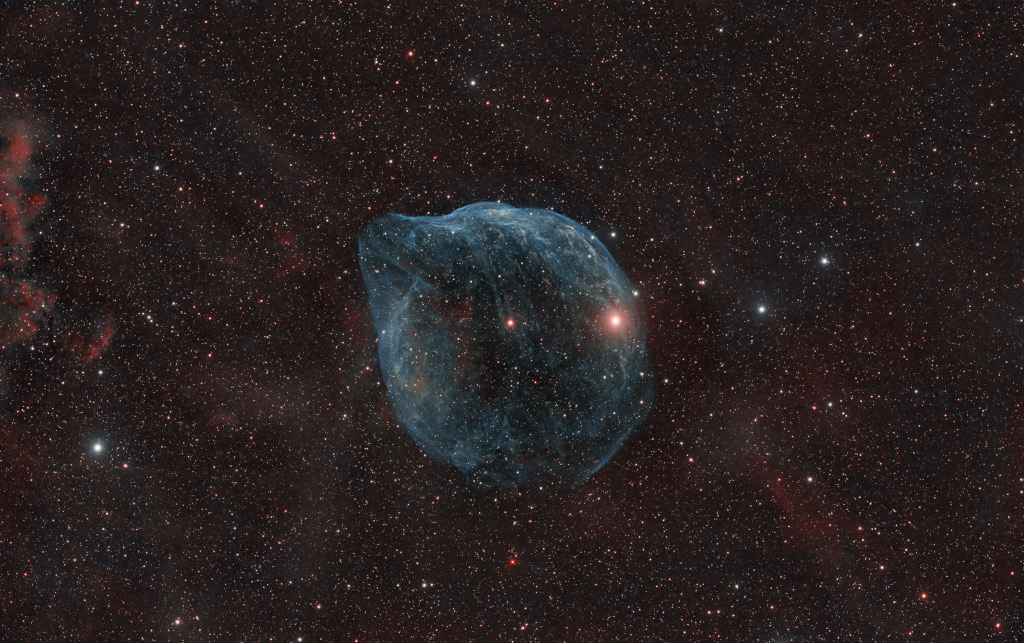
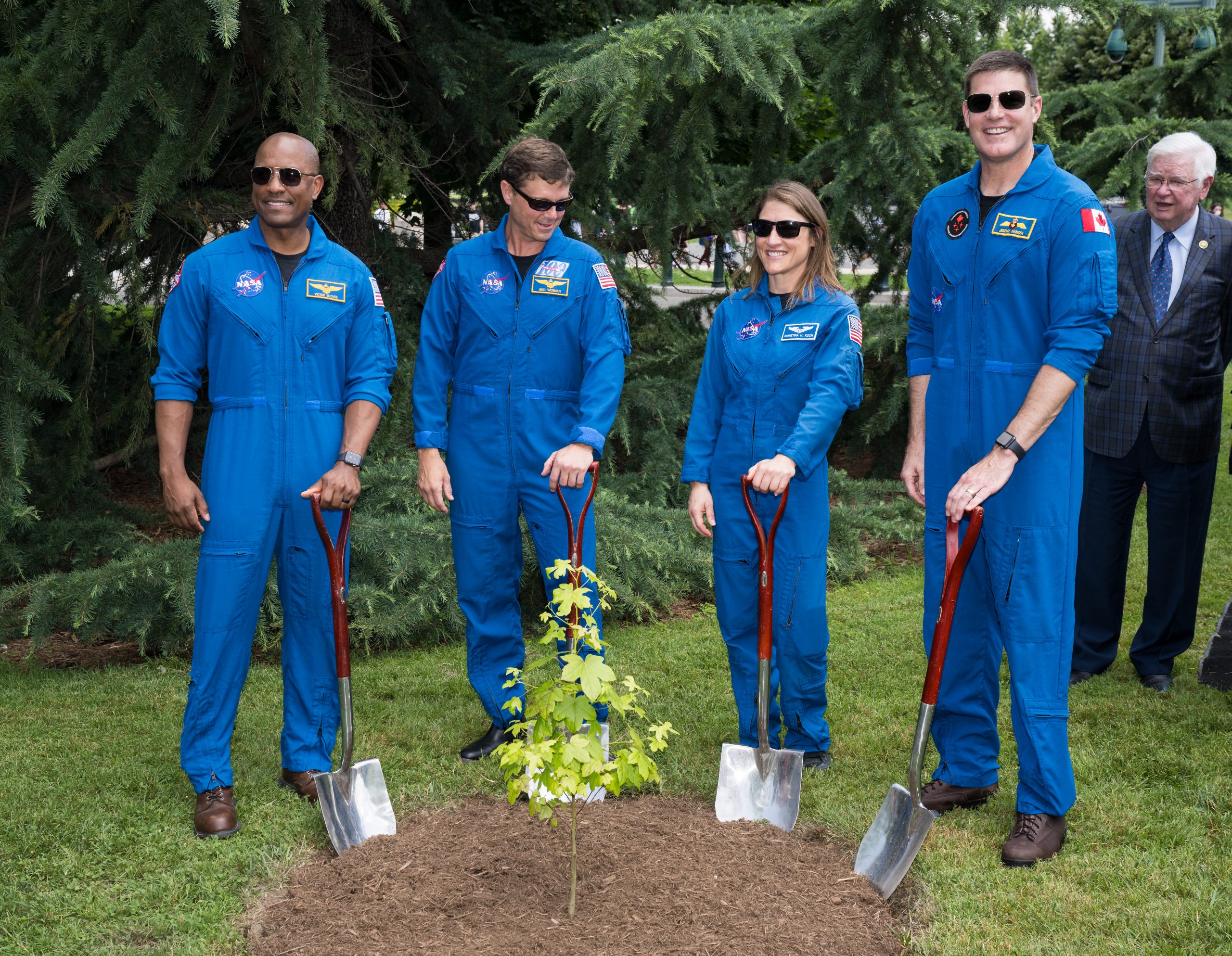

The Artemis II crew, NASA astronauts Victor Glover, Reid Wiseman, and Christina Koch, and Canadian Space Agency (CSA) astronaut Jeremy Hansen, pose for a photo after a Moon tree dedication ceremony, Tuesday, June 4, 2024, at the United States Capitol in Washington. The American Sweetgum tree planted on the southwestern side of the Capitol, was grown from a seed that was flown around the Moon during the Artemis I mission.
Read More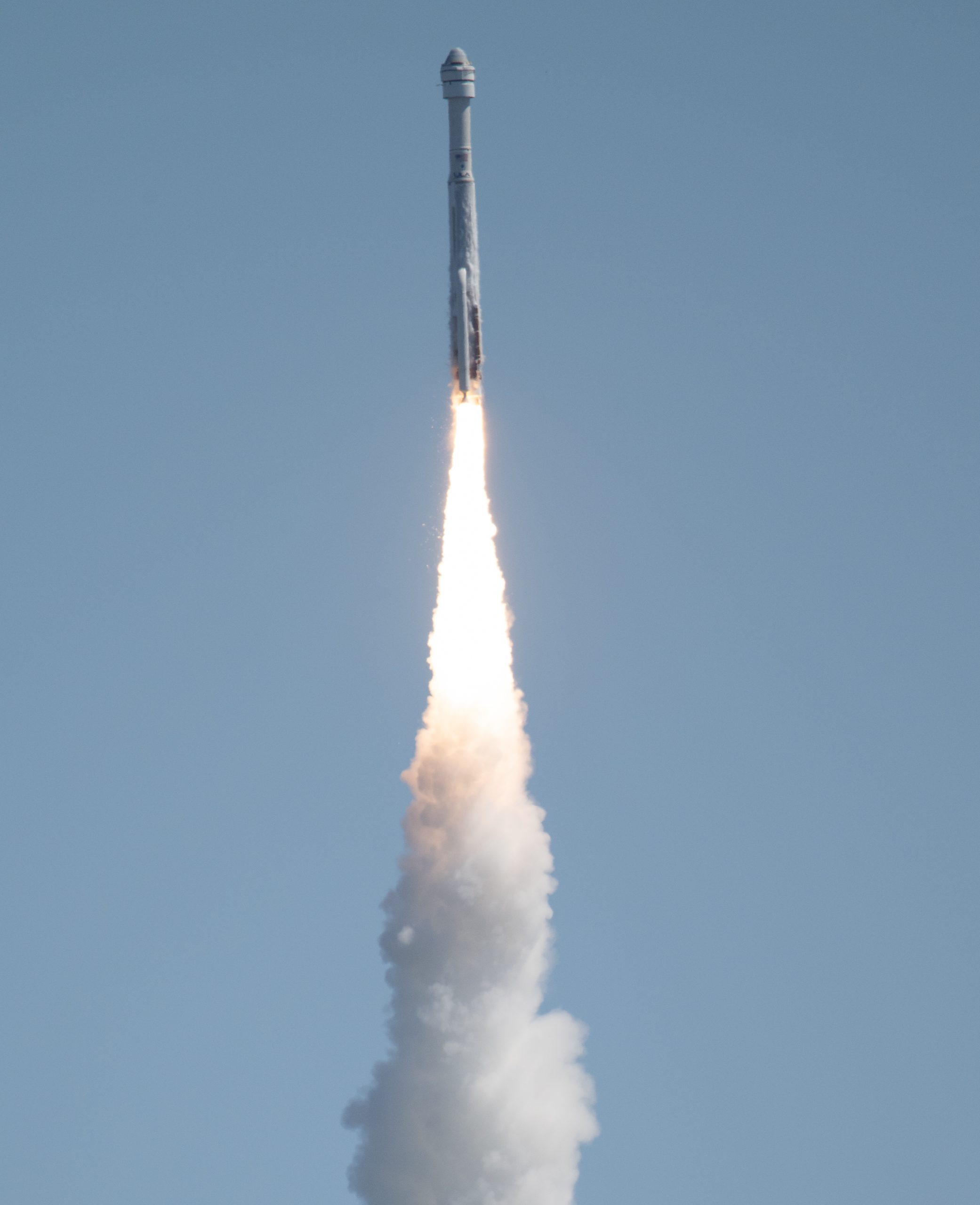

A United Launch Alliance Atlas V rocket with Boeing’s CST-100 Starliner spacecraft aboard launches from Space Launch Complex 41 at Cape Canaveral Space Force Station, Wednesday, June 5, 2024, in Florida. NASA’s Boeing Crew Flight Test is the first launch with astronauts of the Boeing CFT-100 spacecraft and United Launch Alliance Atlas V rocket to the International Space Station as part of the agency’s Commercial Crew Program. The flight test, which launched at 10:52 a.m. EDT, serves as an end-to-end demonstration of Boeing’s crew transportation system and will carry NASA astronauts Butch Wilmore and Suni Williams to and from the orbiting laboratory. Photo Credit: (NASA/Joel Kowsky)
Read More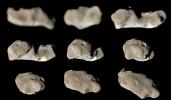
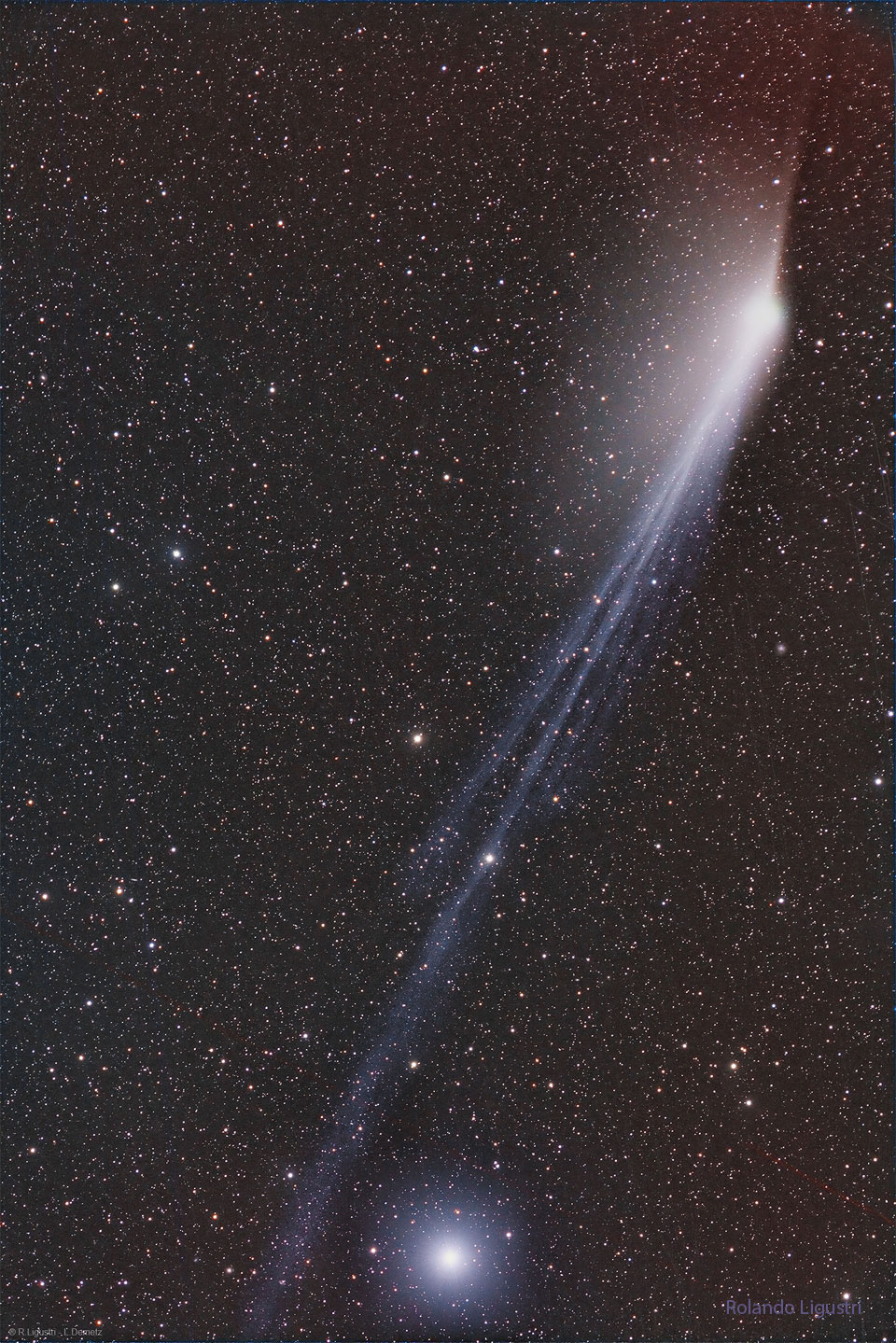
Why does
Comet Pons-Brooks
now have tails pointing in opposite directions?
The most
spectacular tail is the blue-glowing
ion tail that is visible flowing down the image
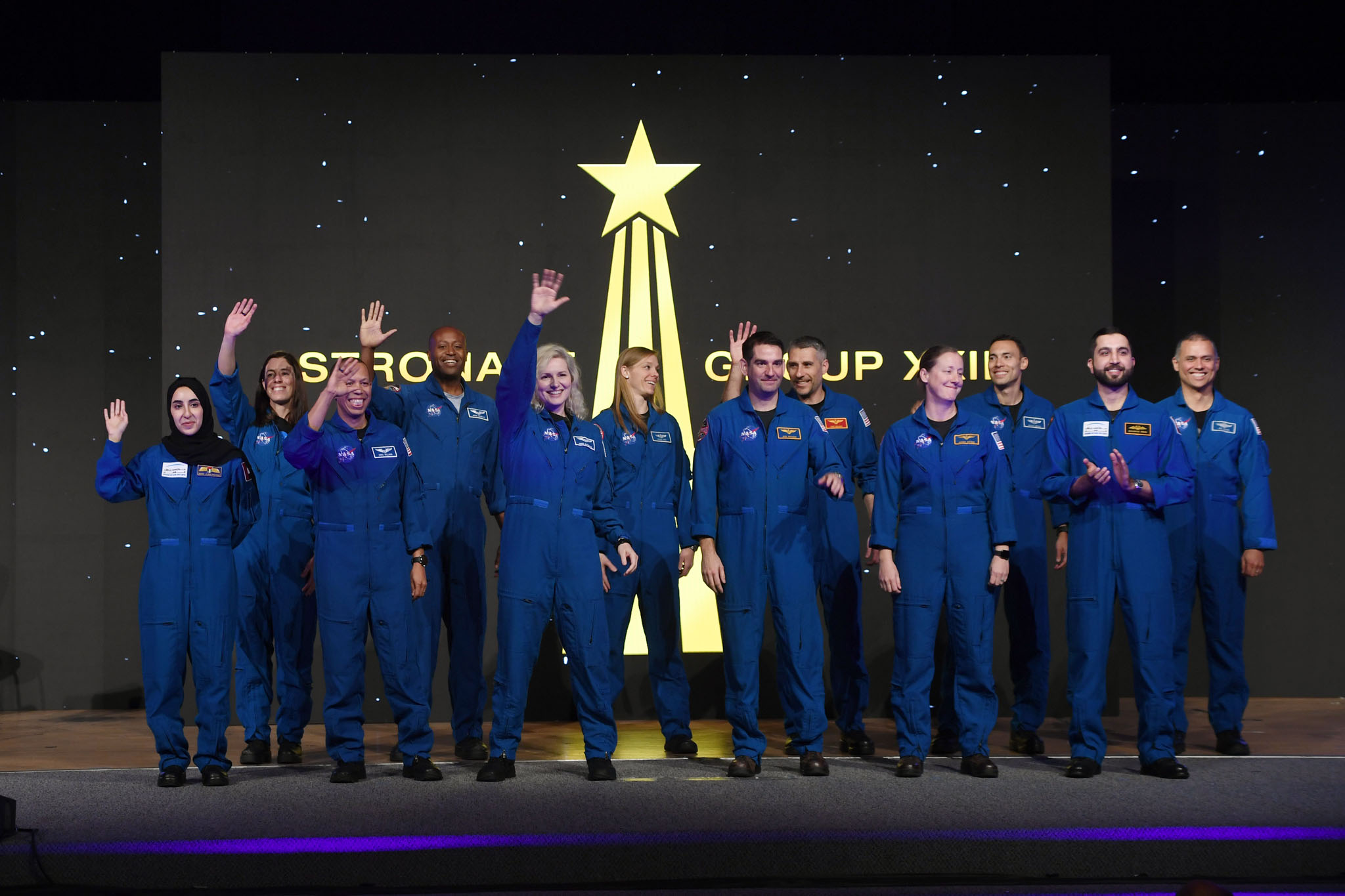

NASA newest class of astronauts, selected in 2021, graduate during a ceremony on March 5, 2024, at the at the agency’s Johnson Space Center in Houston.
Read More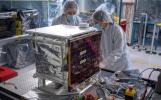
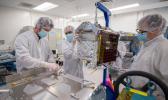


“I say that to my team, whenever I have an opportunity. I share with my team that they are enabling science and exploration for dozens of missions being supported by NSN. Initially it just seems like words, but once they start realizing [their contributions] are real, I can tell you those people don’t want to go anywhere. They just feel that sense of accomplishment.” —Vir Thanvi, Deputy Program Manager, Exploration and Space Communications Projects Division, NASA’s Goddard Space Flight Center
Read More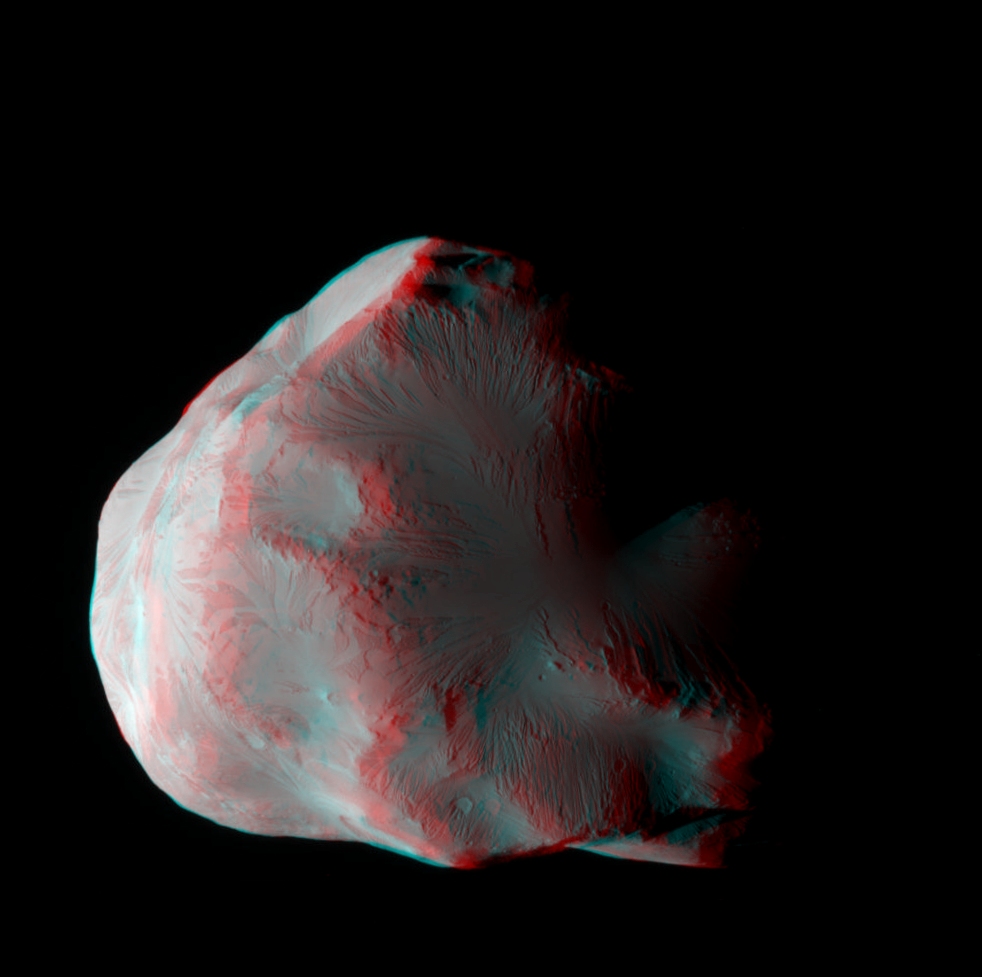
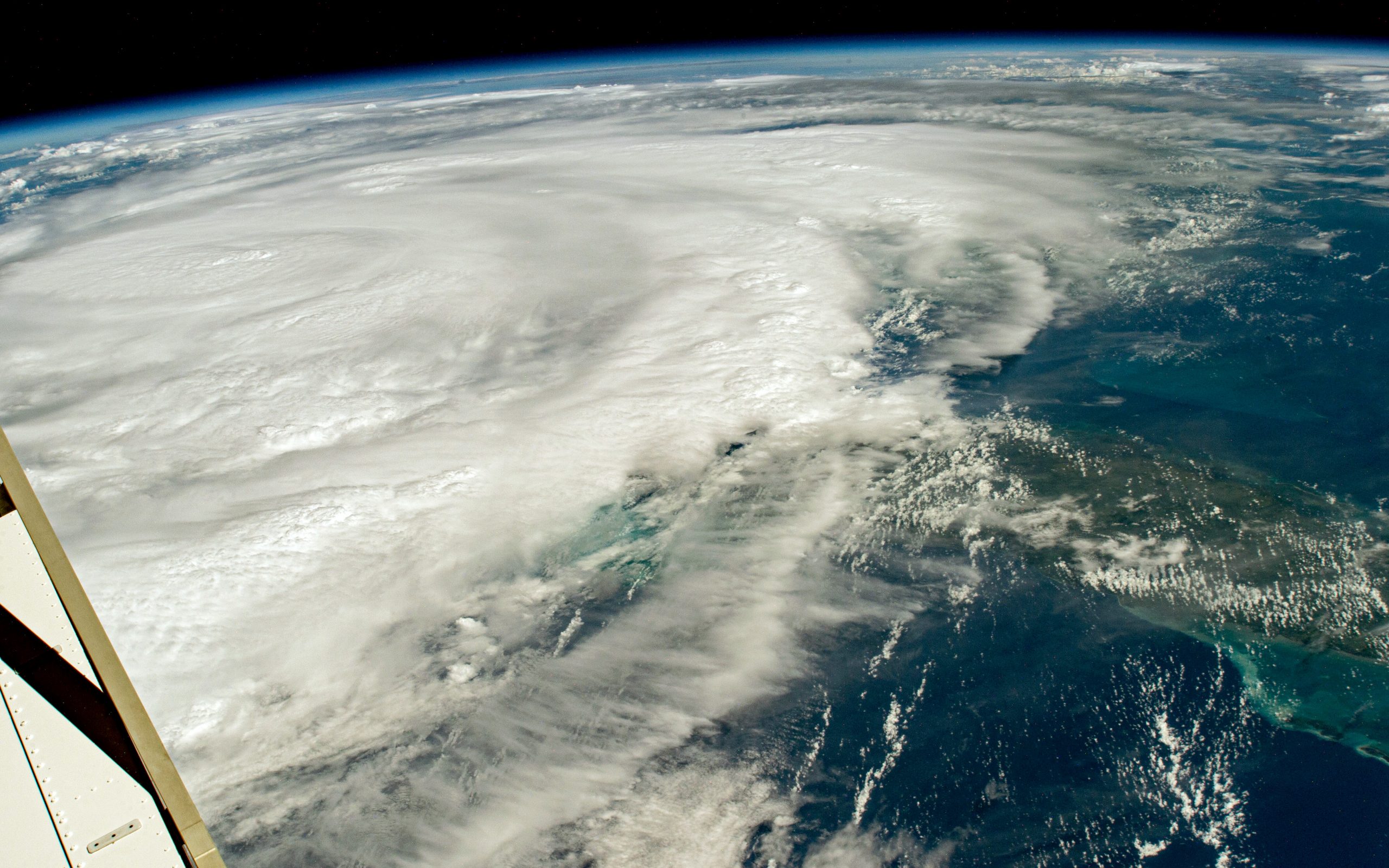

An external high-definition camera on the International Space Station captured this image of Hurricane Idalia at 11:35 a.m. Eastern Time on Aug. 29, 2023. Idalia was a category 1 storm over the Gulf of Mexico with sustained winds of 140 kilometers (85 miles) per hour, according to the National Hurricane Center. June 1 marks the beginning of the 2024 hurricane season in the Atlantic Ocean.
Read More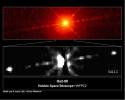
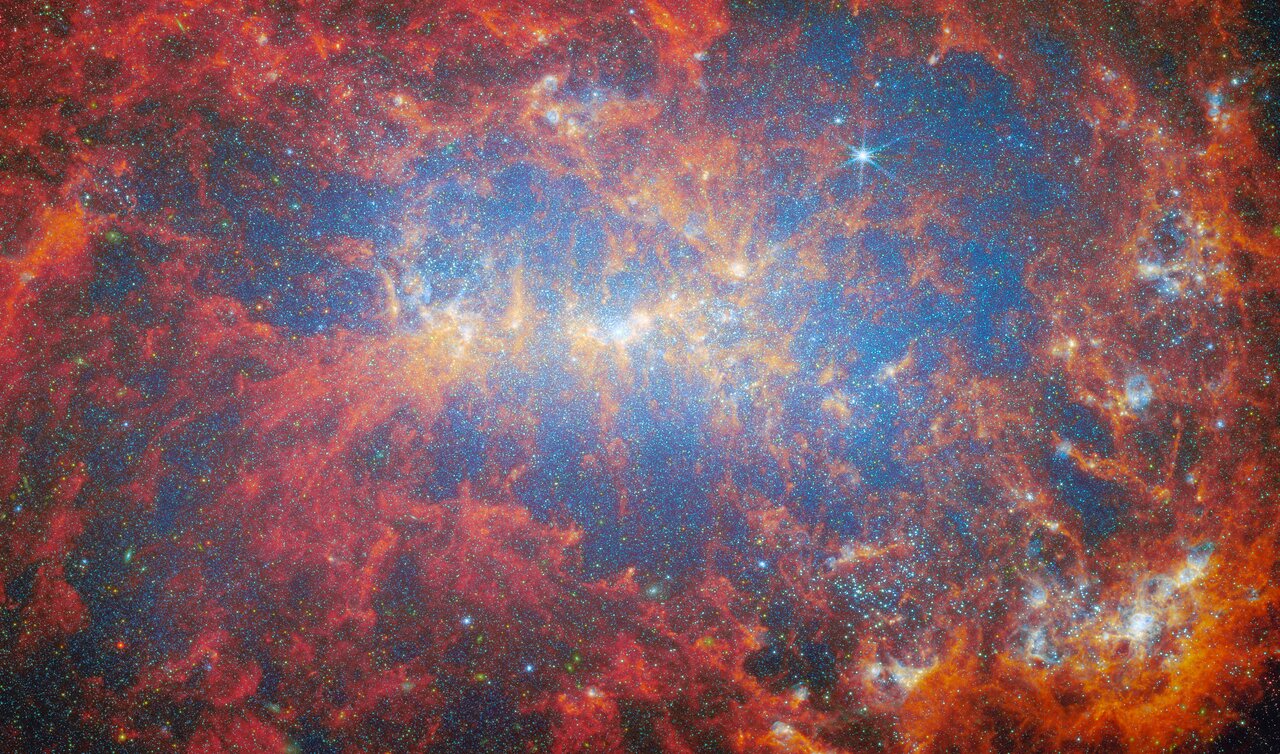

Featured in this new image from the NASA/ESA/CSA James Webb Space Telescope is the dwarf galaxy NGC 4449. This galaxy, also known as Caldwell 21, resides roughly 12.5 million light-years away in the constellation Canes Venatici. NGC 4449 has been forming stars for several billion years, but it is currently experiencing a period of star formation at a much higher rate than in the past. Such unusually explosive and intense star formation activity is called a starburst and for that reason NGC 4449 is known as a starburst galaxy. Starbursts usually occur in the central regions of galaxies, but NGC 4449 displays more widespread star formation activity, and the very youngest stars are observed both in the nucleus and in streams surrounding the galaxy. It’s likely that the current widespread starburst was triggered by interaction or merging with a smaller companion; indeed, astronomers think NGC 4449’s star formation has been influenced by interactions with several of its neighbors.
Read More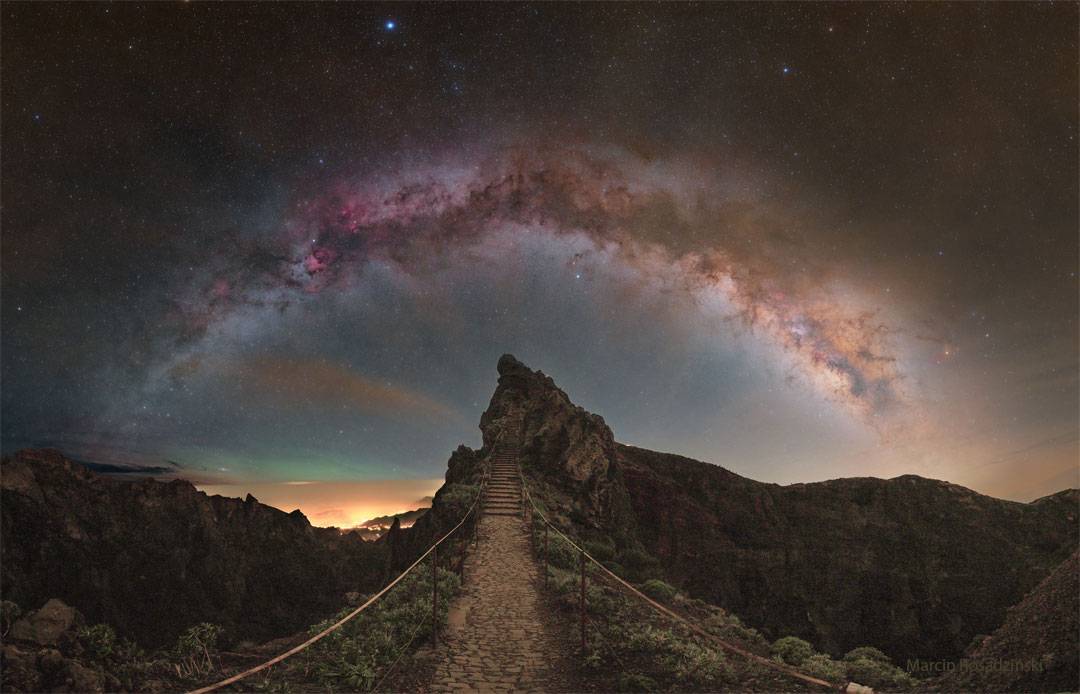
What happens if you ascend this
stairway to the Milky Way?
Before answering that, let’s understand the beautiful sky you will see
Read More